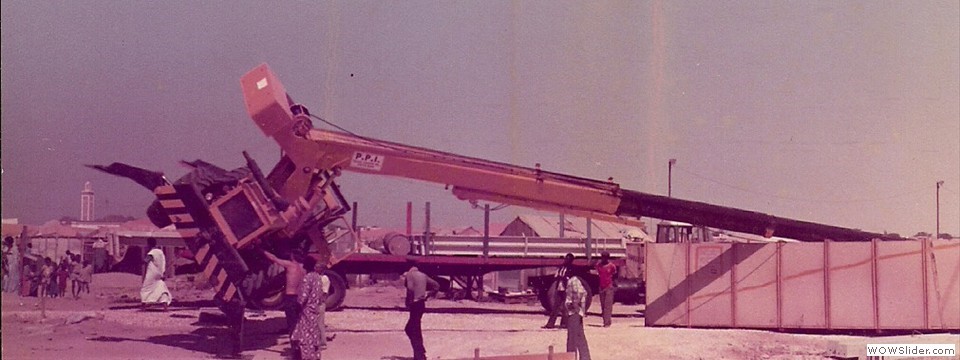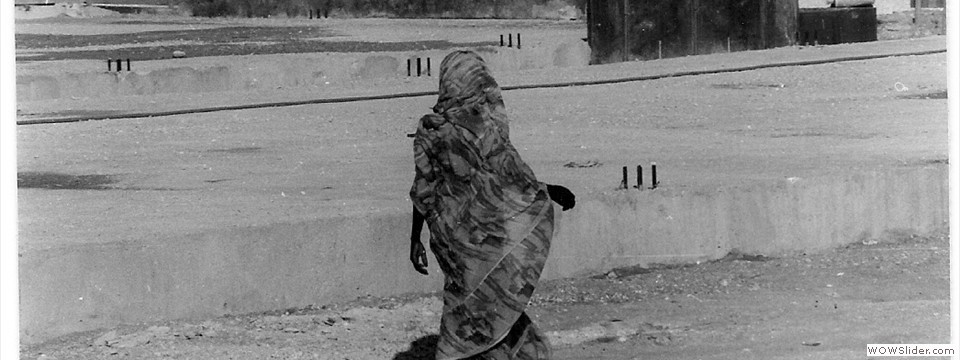100% Hypodermic Needles
Setting
Days prior to my appointment as Managing Director for B. Braun Needle Industries (in addition to being the Group Finance & Administration Director), a decision for a world-wide recall had been taken. Problems in the manufacturing process had come to light and an immediate response was needed. In addition our Sales subsidiaries reported that hospital nurses heard many more complaints of our needles hurting the patient than those from our competitors.
Challenge
In short, we manufactured a below-par product and didn’t really know why. We had to discover the why, eliminate it and preferably return with a product far superior of the competition.
Solution
As a first step we performed an extensive comparative study of the various major brands in the market. We looked at the needles through a microscope, checked the force necessary to puncture a rubber sheet as well as the force required to evacuate liquid from the syringe.
We discovered that our needle was at the bottom of the heap at every aspect. Now the real work started: why was the competition better?
- We compared bevels and reported quite different geometries; possibly there was an optimal geometry and if so we had to find it, also considering that a particular optimal ratio did not necessarily have to apply to all gauges
- We looked at causes for burrs, tried to eradicate them (different grinding stone / speed / angle) and looked into the different ways to remove those that occurred nonetheless, keeping in mind that removing a burr generally also implied dulling the tip of the cannula
- We looked at ways to improve the welding of the original tube; did we use the best tungsten alloy, the right temperature, the perfect distance
In short we went back to the drawing board, we completely rediscovered the art of cannula making and in the process questioned every well-known truth. Did we have to draw x number of times, than anneal, than draw? Or would bigger/smaller steps result in a better needle. For three years we discussed absolutely every aspect we could think of while simultaneously investigating overall efficiency and in the end:
- Our comparative study showed us that our needle was the best by far
- We eliminated a costly step (annealing) for all but the smallest gauges
- Produced 50% more with 30% less staff and similar depreciation
- Concluded that the industry used a at first glance logical but imperfect pricing strategy, where large gauges were more expensive than smaller ones. In actual fact, due to yields and the increase in production steps required, the smaller gauges were the most expensive to produce.













See also: